State Department Taps Hellmuth to Design $192M Moscow Embassy Project
With projects ranging from hospitals to agency headquarters across the country, the federal government has a substantial development pipeline but, as evidenced by a recent contract award, its commercial real estate endeavors are not confined to U.S. soil.
September 13, 2010
By Barbra Murray, Contributing Editor
With projects ranging from hospitals to agency headquarters across the country, the federal government has a substantial development pipeline but, as evidenced by a recent contract award, its commercial real estate endeavors are not confined to U.S. soil. A division of the U.S. Department of State has just selected the renowned architectural firm of Hellmuth, Obata + Kassabaum to spearhead the planning and design of the New Office Annex at the United States Embassy compound in Moscow. The multi-story, 161,000-square-foot building facility carries a development price tag of approximately $192 million
The project, spearheaded by the State Department’s Overseas Buildings Operations and the Bureau of Administration, has a purpose beyond housing a new consular section and 300 desks for the State Department and U.S. federal agency personnel. As noted in a State Department press release, the facility “is being constructed in order to continue to engage the Russian government, business leaders, and society to pursue foreign policy goals of common interest and enhance mutual understanding between our two nations.”
Hellmuth had to contend with 26 other architectural teams for the contract, which has design guidelines that are far more stringent than those of a typical commercial office project. “The primary challenge in designing a new U.S. Embassy is to provide safe, secure, functional facilities while at the same time providing excellent design that embodies the physical presence of the United States beyond our borders,” William Stinger, senior principal with Hellmuth, told CPE. “These buildings are symbols of our democracy and the values and aspirations of the American people. Our embassies are often the first impression that visitors have of the United States, and they serve a multitude of functions in addition to diplomatic relations including visas, medical emergencies and legal issues. While US embassies must be safe and secure they must also be welcoming and reflect our democracy and cultural.” Hellmuth brings to the table a great deal of experience in this area, having designed 10 U.S. embassies over the last 14 years.
The carefully crafted design required for embassy buildings must also adhere to standards for LEED Silver certification at minimum, as the government necessitates for all of its newly developed facilities. It is a goal that is not always simple to achieve with embassy projects. Stinger noted that, in addition to designing aesthetically pleasing but secure and functional buildings, “A second challenge is to design embassy facilities that incorporate green and sustainable practices to every extent possible. This not only involves the energy use of the buildings, but also the building materials, the landscape and public plazas, as well as maintenance practices and operations.”
Whatever the challenges, embassy design contracts are highly coveted–it’s not just about securing a job, it’s about professional fulfillment. “We view designers as problem solvers and we are able to collaboratively incorporate architecture, urban design, landscape architecture, interior design, engineering, art, security and sustainability into a single project which will endure for many decades,” Stinger said. “There is a legacy to the work.”
With Hellmuth onboard as the project architect, the State Department’s Overseas Building Operations will next award a construction contract for the development. Groundbreaking is on track to take place in 2012 and reach completion in 2015. In the meantime, it has its hands full; the agency currently has 33 other projects in the design and construction phases.

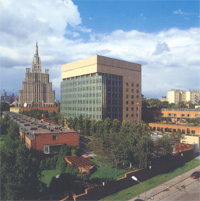
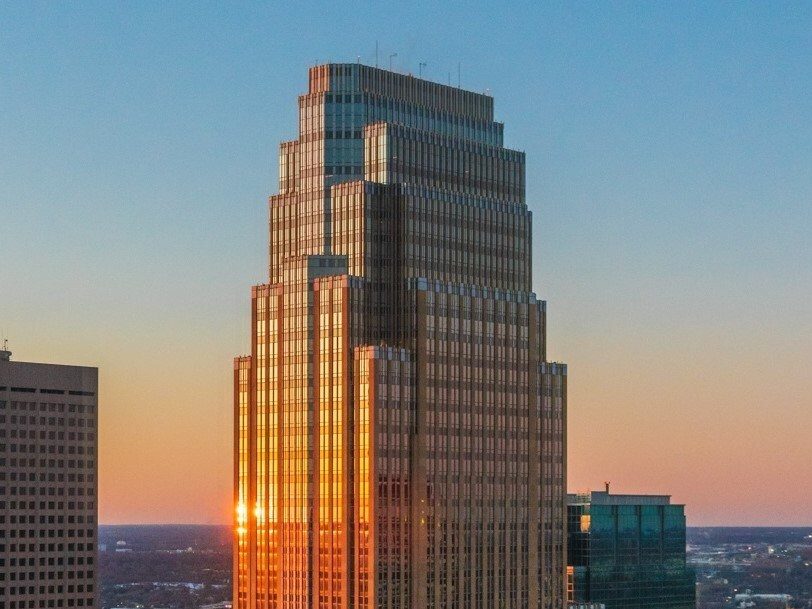
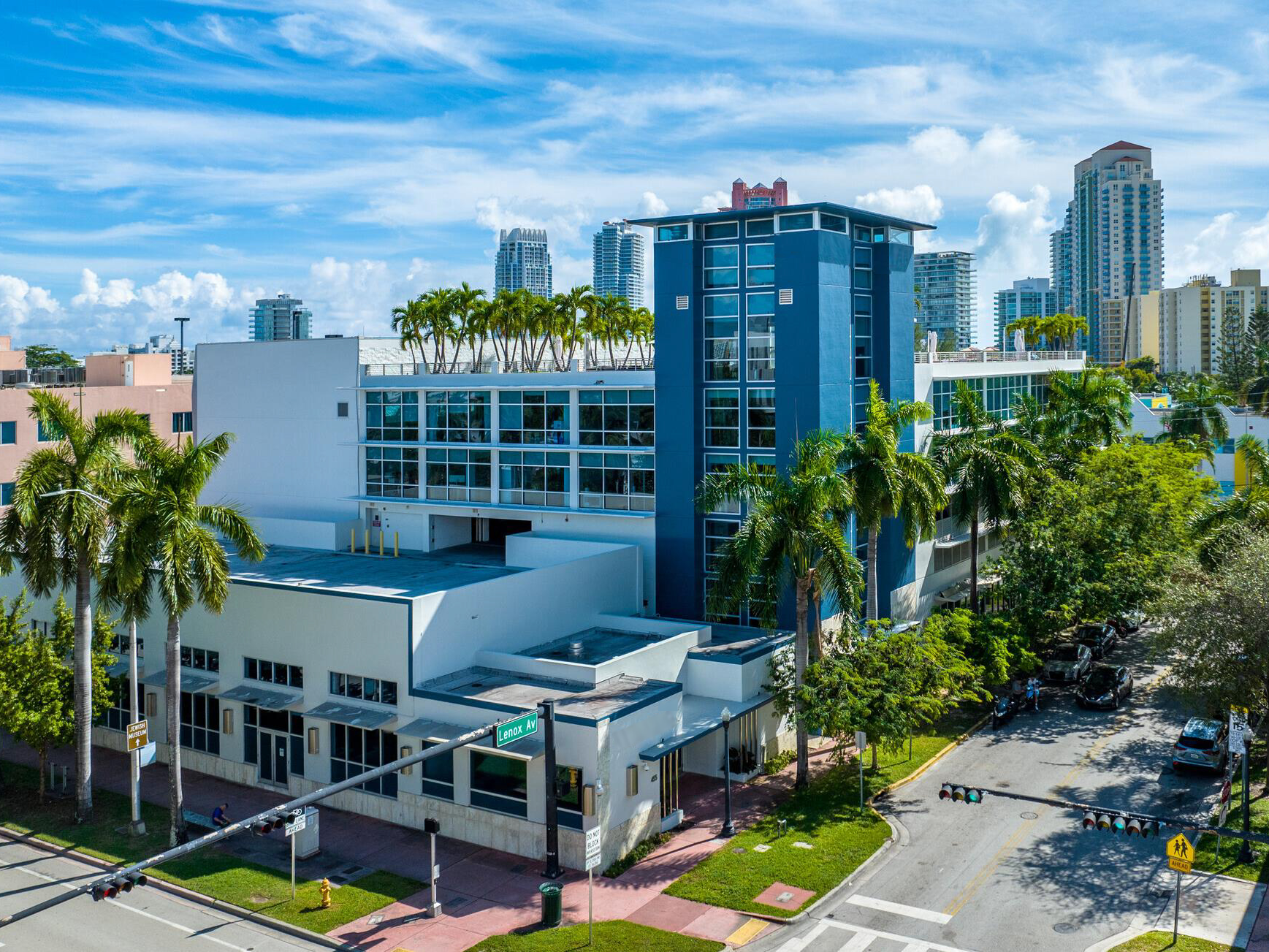
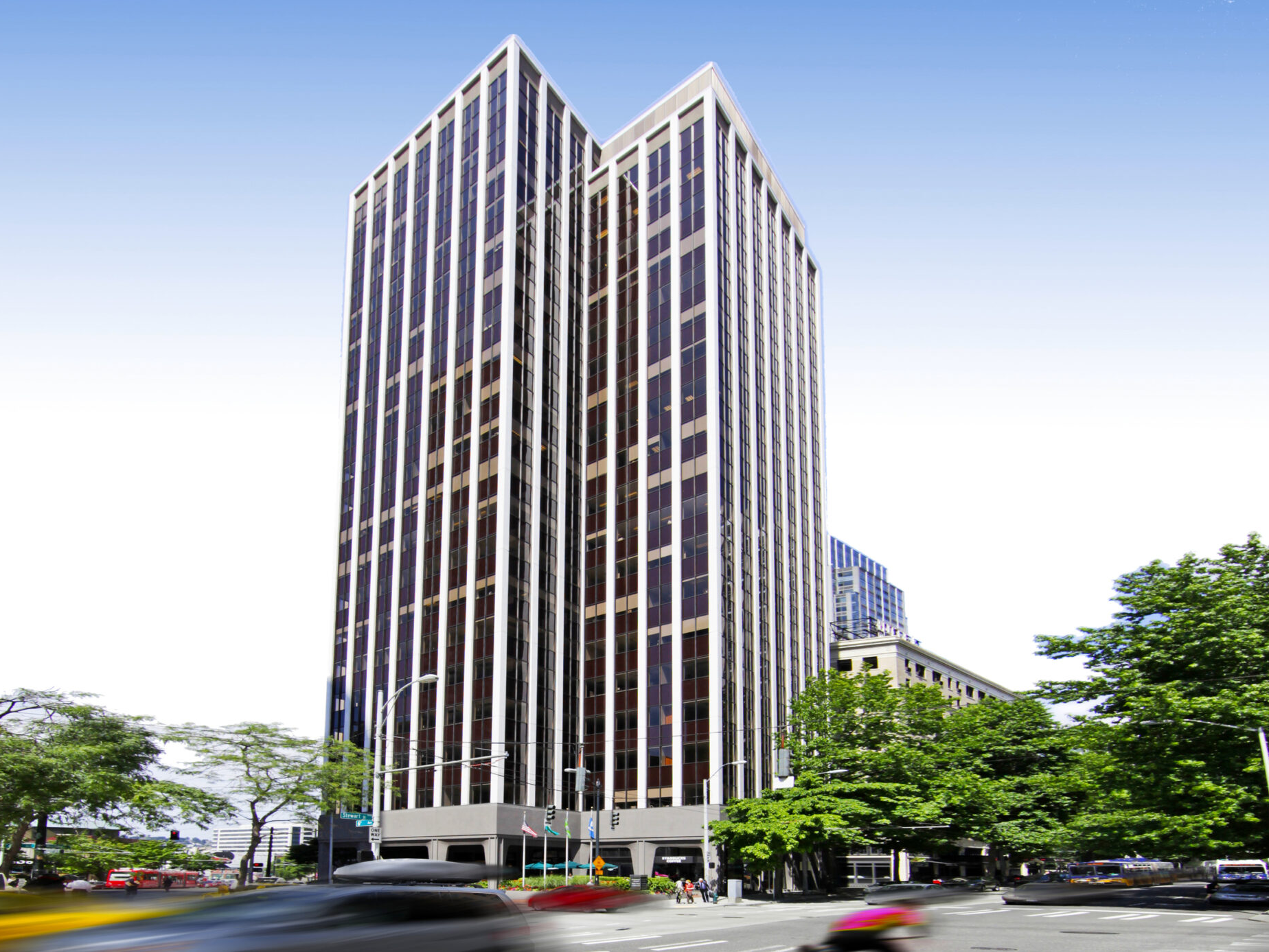

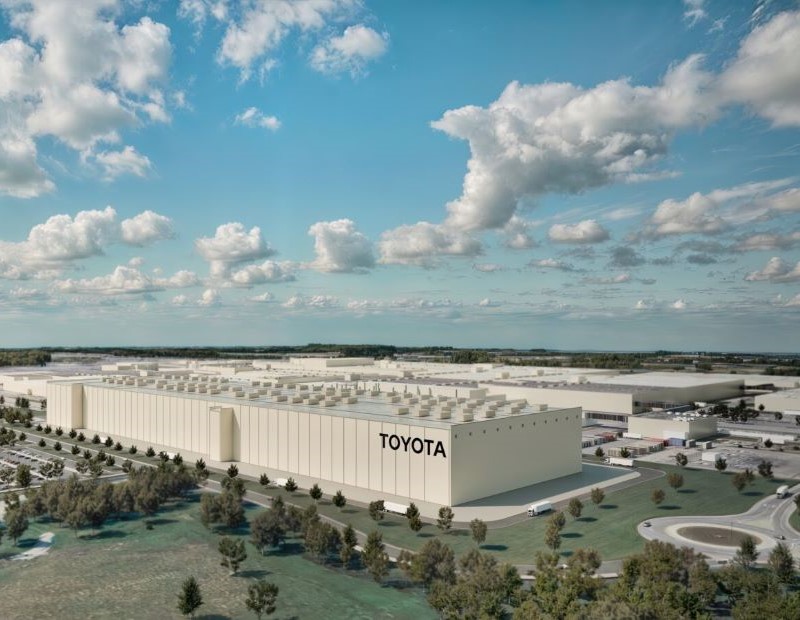

You must be logged in to post a comment.